Almost half of Britain’s natural biodiversity has disappeared over the centuries, with farming and urban spread triggered by the industrial and agricultural revolutions being blamed as major factors for this loss.
That is the shock finding of a study by scientists at London’s Natural History Museum, which has revealed that the UK is one of the worst-rated nations in the world for the extent to which its ecosystems have retained their natural animals and plants.
“Britain has lost more of its natural biodiversity than almost anywhere else in western Europe, the most of all the G7 nations and more than many other nations such as China,” said Professor Andy Purvis, of the museum’s life science department. “It is very striking – and worrying.”
The work by Purvis and his team has been published as negotiators prepare to begin online discussions for the UN biodiversity conference (Cop15) this week. These talks will then be followed by an international biodiversity summit next April in Kunming in China. Its aim will be to establish firm goals that would halt the loss of wildlife and the degradation of habitats that threatens to reach crisis levels across the planet in the near future.
To aid these negotiations, Purvis’s team have drawn up a biodiversity intactness index (BII), which rates nations for how well their ecosystems have kept their natural diversity of animals, plants and fungi.
This index revealed that across the developing world biodiversity tends to be at a high level but is often falling rapidly. By contrast, biodiversity has been stable in much of the developed world for the past 20 years but has been at a low level throughout that period – with the UK appearing near the bottom of this list.
“Our analyses found the UK was consistently in the bottom 10% of nations in terms of biodiversity intactness,” said Dr Adriana De Palma, a senior researcher at the museum.
As to the reason for Britain’s grim standing in the world biodiversity league, the team points to the fact that the agricultural and industrial revolutions started in the UK.

“Basically, that triggered the mechanised destruction of nature in order to convert it into goods for profit,” Purvis said. “As a result, the UK has been among the most nature-depleted countries in the world for a long time.”
Across the nation, woods and grassland have been ripped up and fields of single crops planted in their place. Over two-thirds of the UK is now used for agriculture and 8% has been built on, leaving little room for nature – although this is not a universal picture.
The index reveals – not surprisingly – that in the remoter areas of northern England, Scotland and Wales, biodiversity is more intact than in areas such as south-east England, where farming tends to be more intense and where there are more people and more towns and cities.
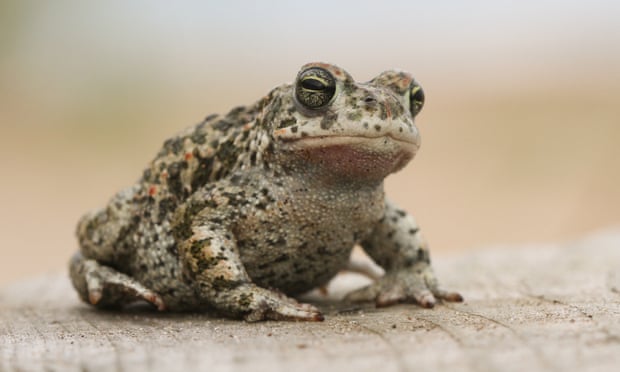
Natterjack toads are another species in danger of being lost. Photograph: Sandra Standbridge/Getty Images
The world’s overall biodiversity intactness is estimated at 75%, which is significantly lower than the 90% average considered to be a safe limit for ensuring the planet does not tip into an ecological recession that could result in widespread starvation.
On this scale, the UK’s index reading was 53%. Not surprisingly this has left dozens of species hovering on the brink of extinction. They include the Scottish wildcat and the pine marten, the natterjack toad, the turtle dove and insects such as the cicada. Even the existence of the once-ubiquitous hedgehog is threatened. Nor is the decline confined to animals: species of plants, fungi and soil micro-organisms have also suffered.
Scientists believe it would be a relatively straightforward process for Britain to improve its biodiversity rating. However, they warn that should not be done by “offshoring” – letting developing nations shoulder the burden for providing our goods and growing our food while at the same time suffering the depletion of their own wildlife to ease pressure on our biodiversity.
“Many people think of biodiversity as a luxury – as nice-to-have, charismatic, beautiful species. They are good for the soul but no more than that, these people argue,” Purvis said.
“But biodiversity is so much more than that. It is the engine that produces everything that we consume. You can think of it like a wild supermarket that provides us with food and other gifts without us doing anything. The fact that we have several different varieties of apples, tomatoes and other foods is down to biodiversity – and when it is diminished we lose out.”
The Natural History Museum has opened up the Biodiversity Intactness Index data through the Biodiversity Trends Explorer, which makes this data easy to find, understand, visualise, filter and download for anyone who wishes to use it.
This article by Robin McKie was first published by The Guardian on 10 October 2021. Lead Image: Pine martens (Martes martes) are one of the species hovering on the brink of extinction in the UK. Photograph: Nature Picture Library/Alamy.
What you can do
Support ‘Fighting for Wildlife’ by donating as little as $1 – It only takes a minute. Thank you.
Fighting for Wildlife supports approved wildlife conservation organizations, which spend at least 80 percent of the money they raise on actual fieldwork, rather than administration and fundraising. When making a donation you can designate for which type of initiative it should be used – wildlife, oceans, forests or climate.

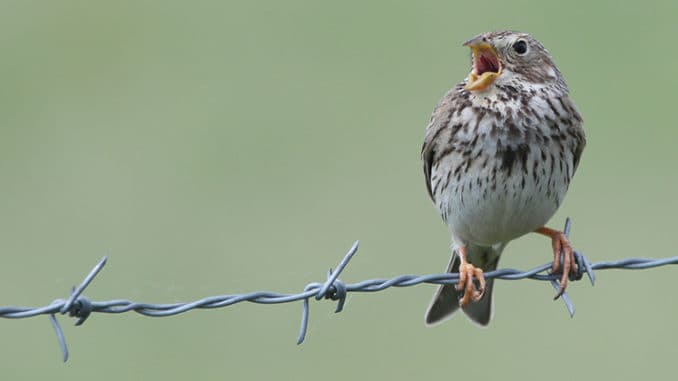
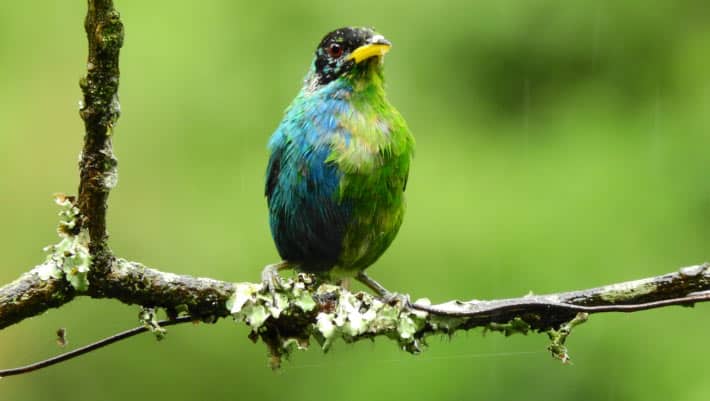
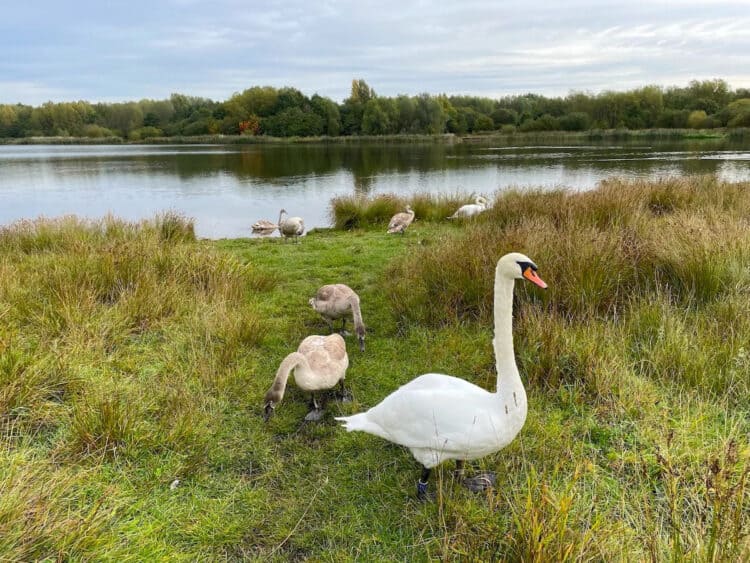
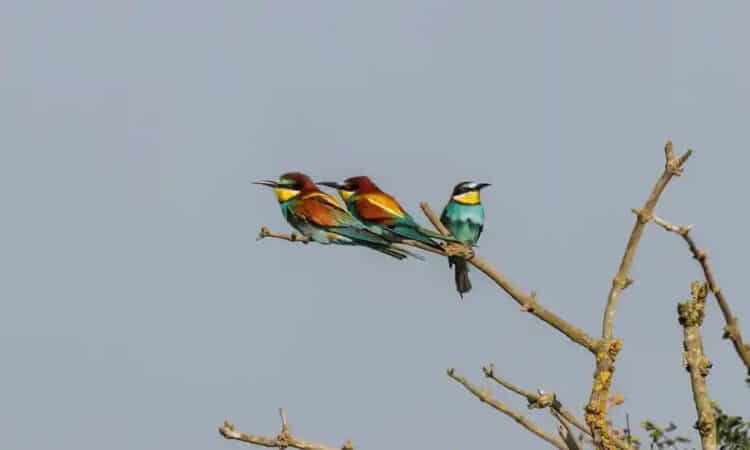

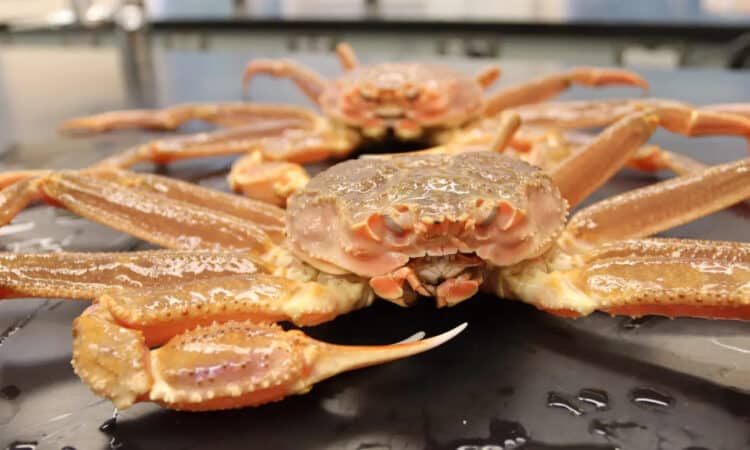
Leave a Reply